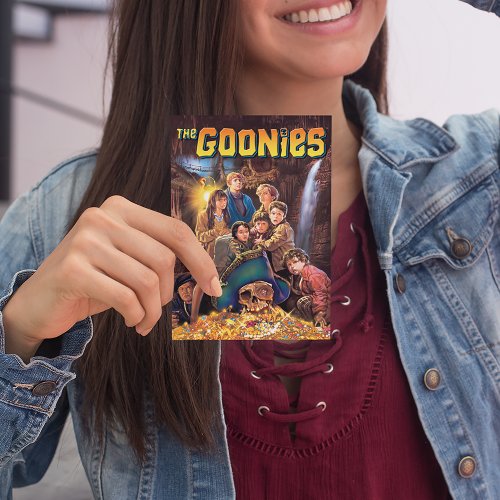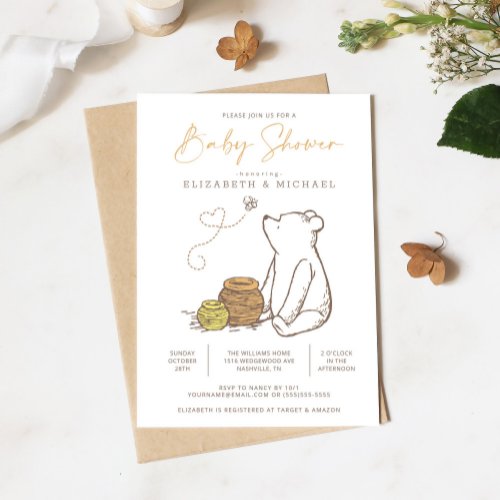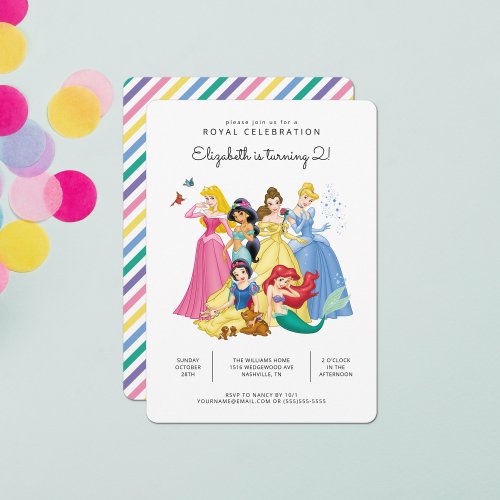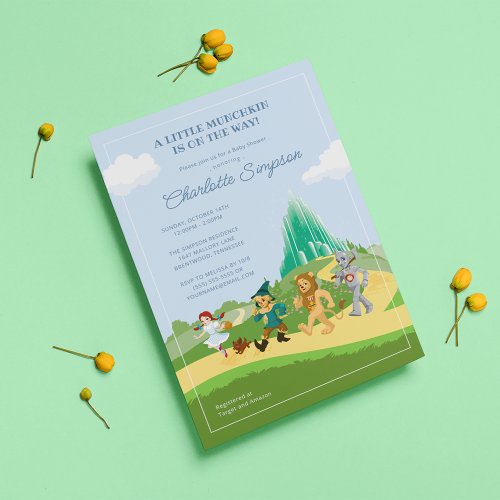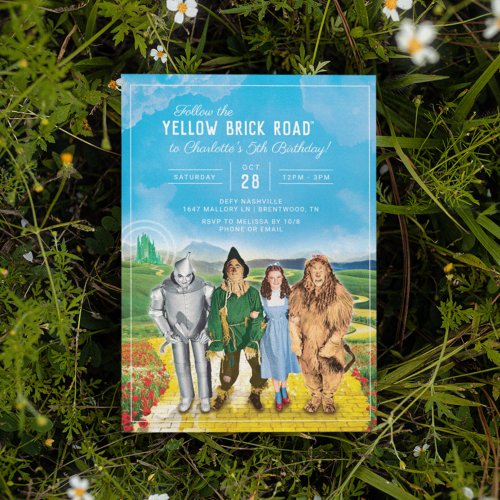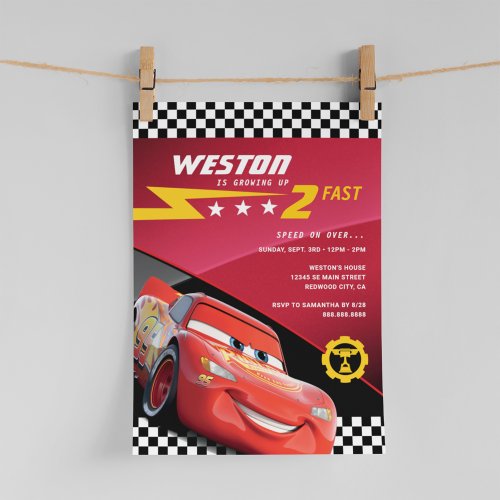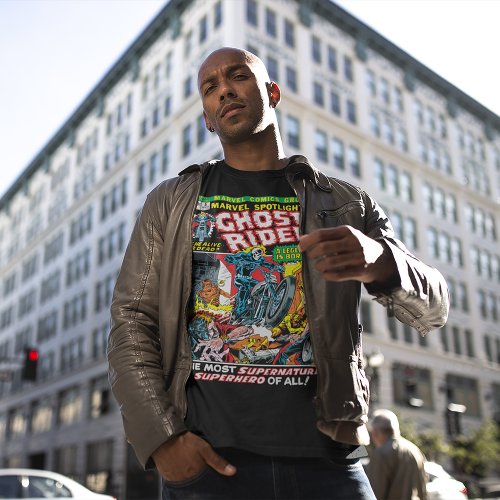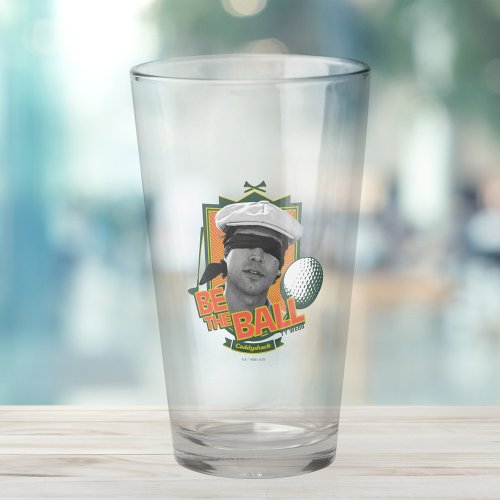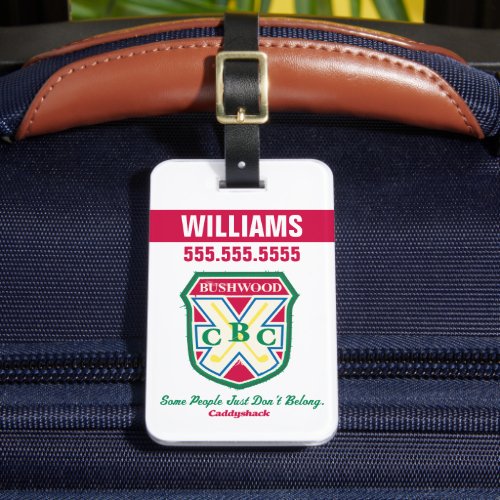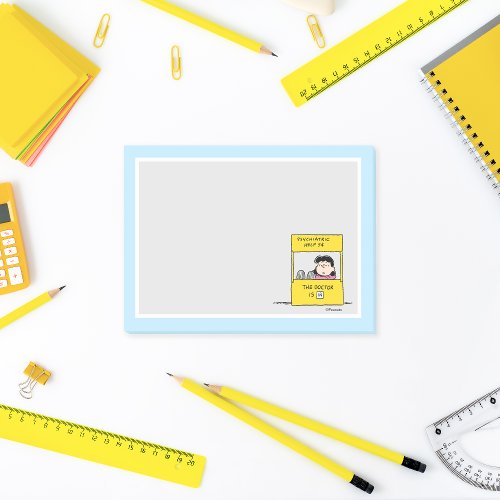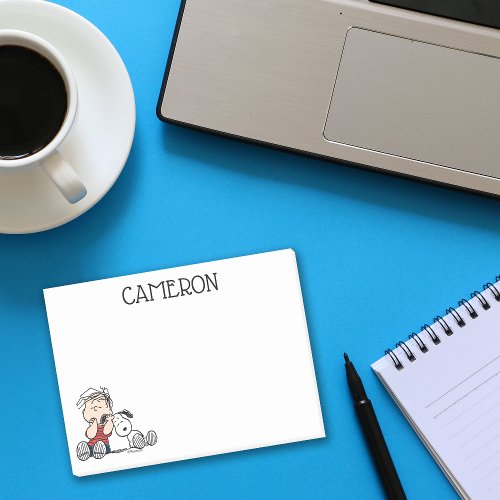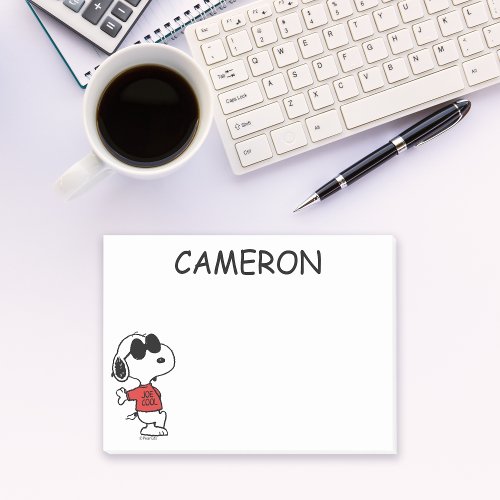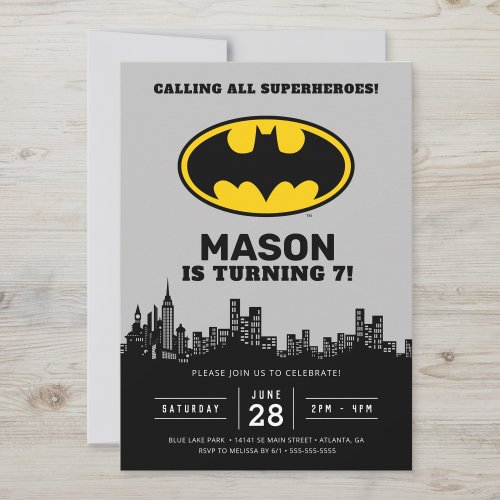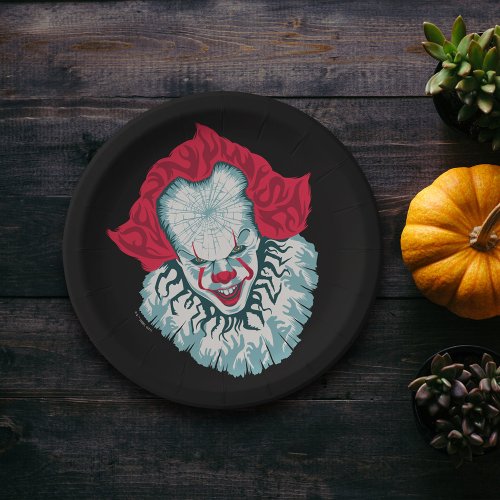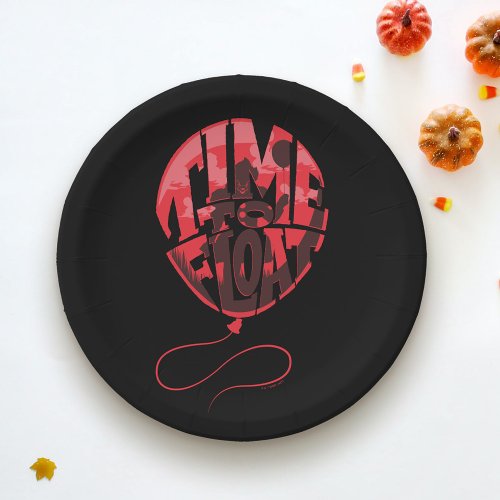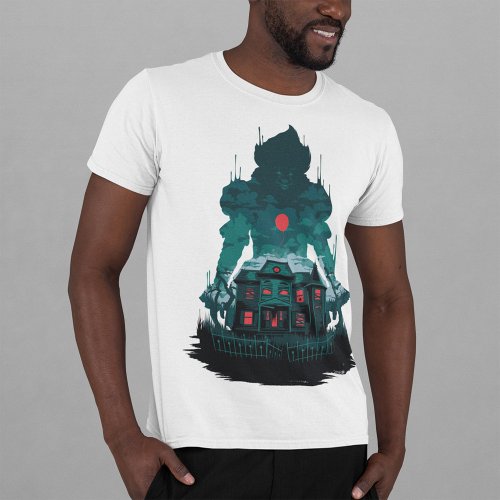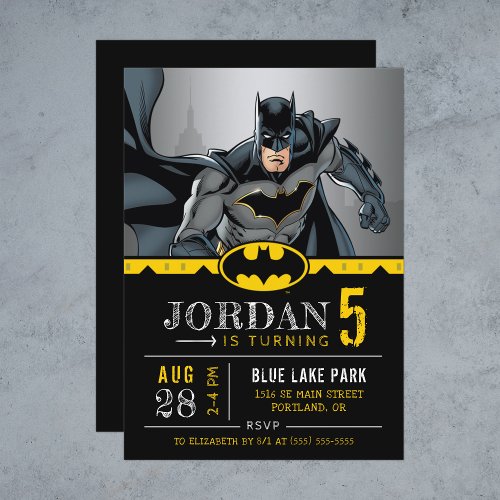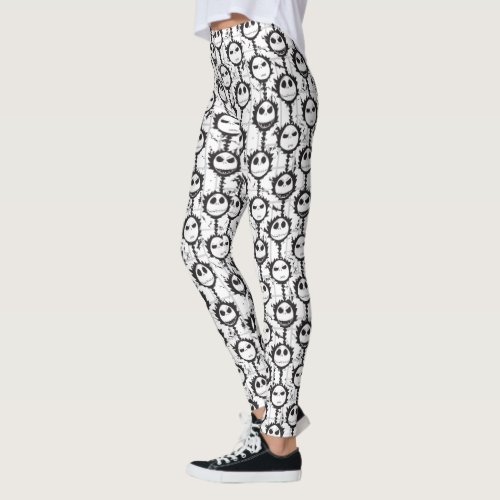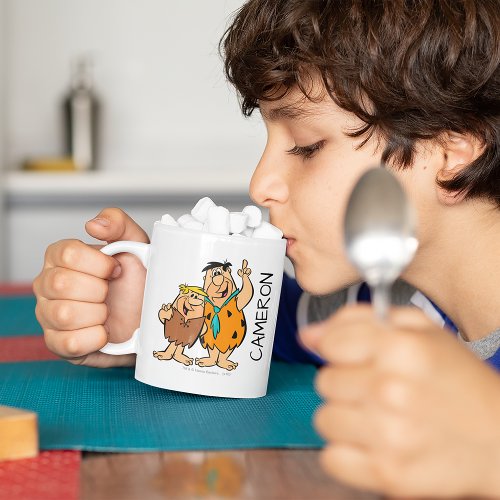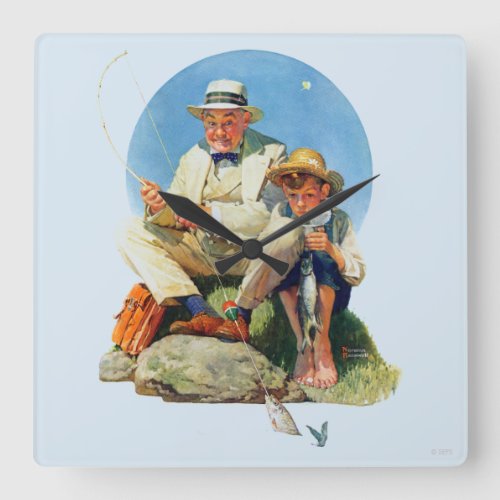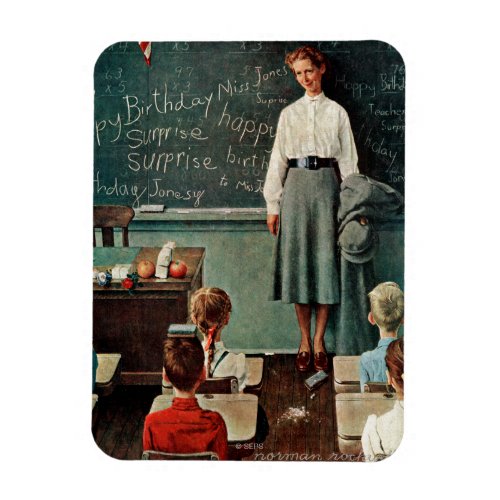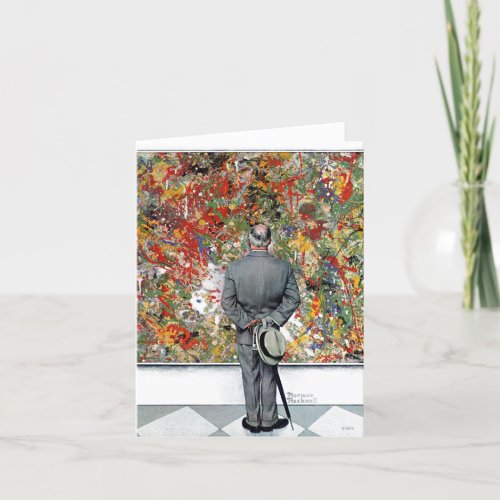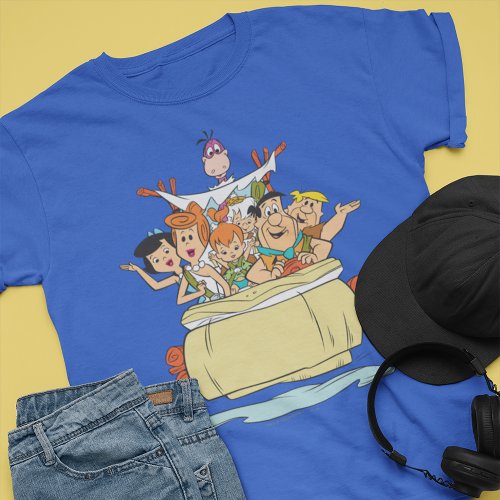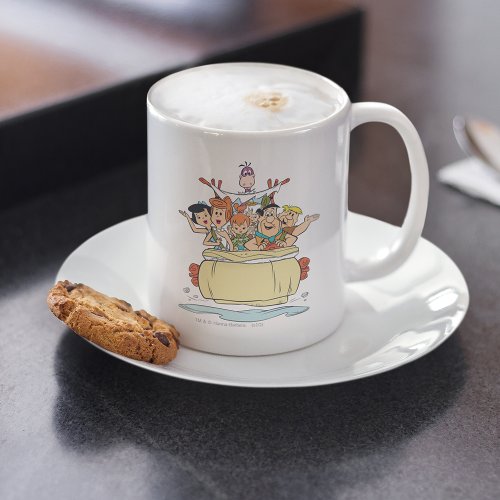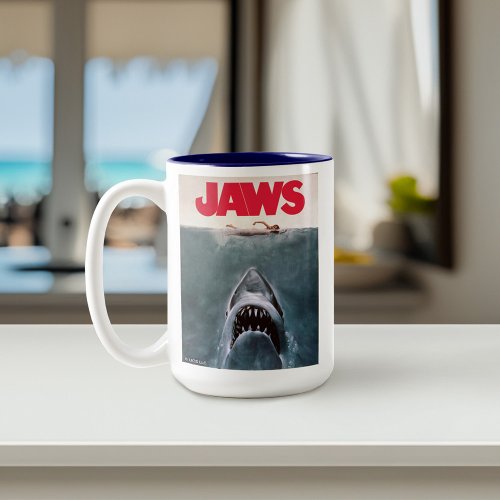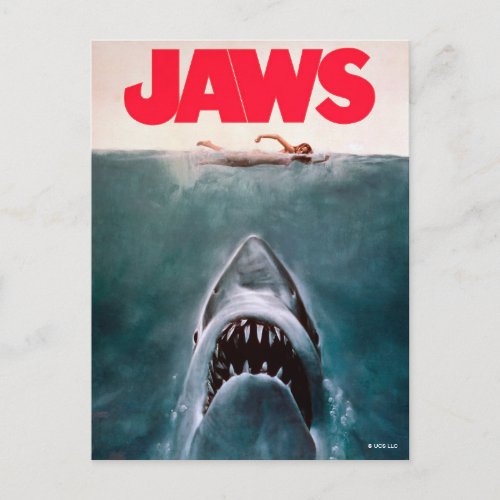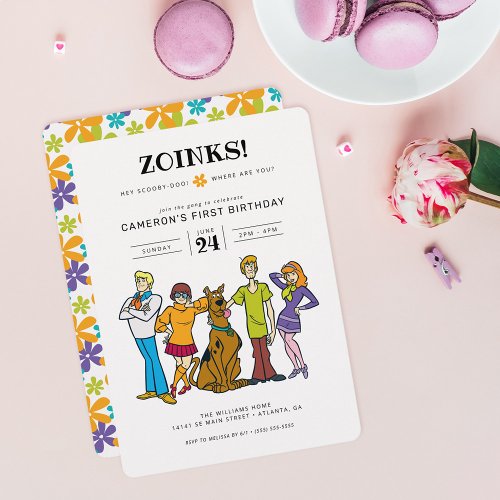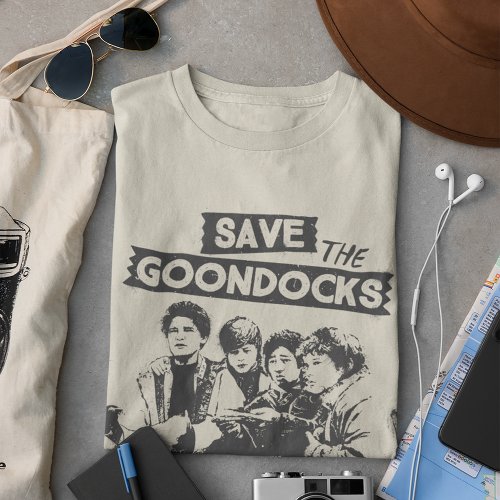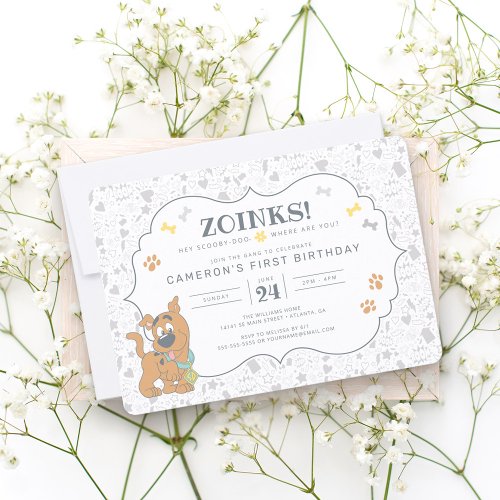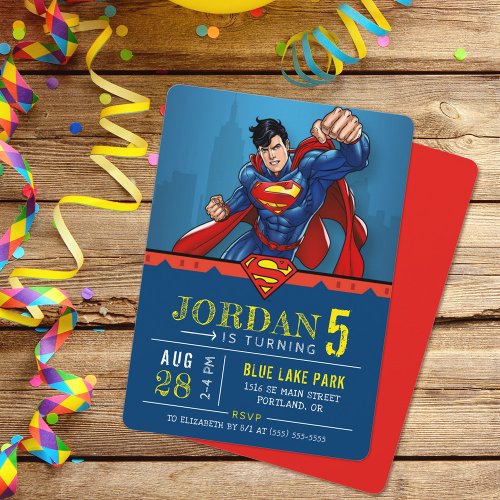Answer Print
The answer print is the initial print complete with mixed audio submitted to the producer.
Assembly
Assembly is the process of cutting raw material into a rough film draft in order to manage continuity and get a sense of the big picture.
Boom
Usually refers to the microphone aimed toward the sound to be recorded on a film set.
Call Sheet
A call sheet is a list of required actors for a scene about to be shot.
Clapboard
A handheld board that displays information about the scene to be shot.
Closed Captioned
A system that displays spoken dialog in the form of text in a film for the benefit of hearing impaired audience members.
Close-up
A close up is a shot that features the subject larger than the frame and with much detail.
Color Timing
The process of controlling the color in film and keeping it consistent from scene to scene.
Composite Print
This is a print that features both images and audio.
Continuity
The consistency of a film relative to itself.
Dailies
The first quickly exposed positive print of a days shoot to be viewed by the director and cinematographer early the next day.
Dissolve
A transitional device used to gradual lead the viewer from one scene to the next.
Documentary
A film whose narrative is derived from nonfiction and does not feature actors.
Dolly
A dolly is a small vehicle or truck that helps transport the camera and its crew (sometimes including the director).
Editing
Editing is the process of assembling and sequencing trimmed portions of raw material into a final viewable product.
Film History
Film history traces the development of film technology and art through time.
Filmography
A filmography is a list of completed works by a filmmaker.
Lighting
Lighting is the aspect of a cinematic production that deals with illuminating actors and settings so that their images will appear on the film or video media. Through the qualities of color, intensity, brightness and angle of projection, lighting also contributes to the mood and texture of the dramatic conception.
Narrative Film
A linear, straightforward film presentation of a story.
Off-line Editing
Off-line editing is the process of editing low-quality copies of the original footage, for the sake of cost efficiency, to generate an Edit Decision List. The editor will then apply the EDL toward editing the high-quality footage.
Online Editing
The editing of footage at the original, highest-quality.
Pan
A camera is panned when it is rotated on its vertical axis.
Post-Production
After principle photography, a film will go into post-production which includes editing, computer enhancements and sound dubbing.
Premiere
Refers to the first public screening of a motion picture.
Pre-Production
The process of preparing for the production stage of a film, including script revisions, casting and location research.
Principal Photography
All shots that include the lead actors.
Product Placement
The point at which a film becomes an advertisement. The filmmakers agree to place a company’s product or logo visibly within shots.
Production
Production involves the facilitation of all financial and business aspects of the making of a film.
Registration
Registration is a term that describes the degree of steadiness a given camera is able to achieve.
Release
The distributor has shipped a film to exhibitors. At that point, the public can view the film without studio restrictions.
Room Tone
Usually refers to the audio characteristic of the film set or location. Sound engineers will sometimes record the ‘silence’ of a space to capture its tone.
Rotoscoping
Animation that is achieved through the tracing of live action.
Set
The set is the environment, indoor or outdoor, where shooting takes place.
Slow Motion
A shot in which the action is slowed down relative to the film’s contextual pace.
Soundstage
Soundstages are provided to house film sets.
Soundtrack
The soundtrack refers to the audio aspect of a film.
Special Effects
Special effects are tricks of sight and sound mostly achieved by combining technology, ingenuity and creativity and employed in films to facilitate suspension of audience disbelief.
Stock Footage
Stock footage includes previously filmed footage used with permission when timesaving is necessary.
Stop-Motion
A form of filmed animation that involves the frame-by-frame manipulation of objects .
Subtitles
Subtitles are printed text that appear in a film mainly to translate passages of spoken dialog.
Take
A take is a continuous filming action of a scene.
Trailer
A short, edited montage of selected scenes from a film to be used as and advertisement for the film.
Video Production
The process of recording, editing and exhibiting visual and audio information on magnetic, sometimes portable media.
Voice-over
Dialog appearing in a film’s soundtrack where the speaker is not visible – usually employed for narration.
Walla
Random background conversation employed to produce certain atmospheric effects.
Whip Pan
A fast pan, usually resulting in motion blur.
Wipe
A wipe is another transitional device that wipes one scene horizontally into the other.
Working Title
The title of a film during production, sometimes different from the title of the final product.
Wrap
The act of finishing a shot, the day’s work or the entire production.
Zoom Shot
A shot where an object increasingly fills the shot’s frame through camera lens magnification.

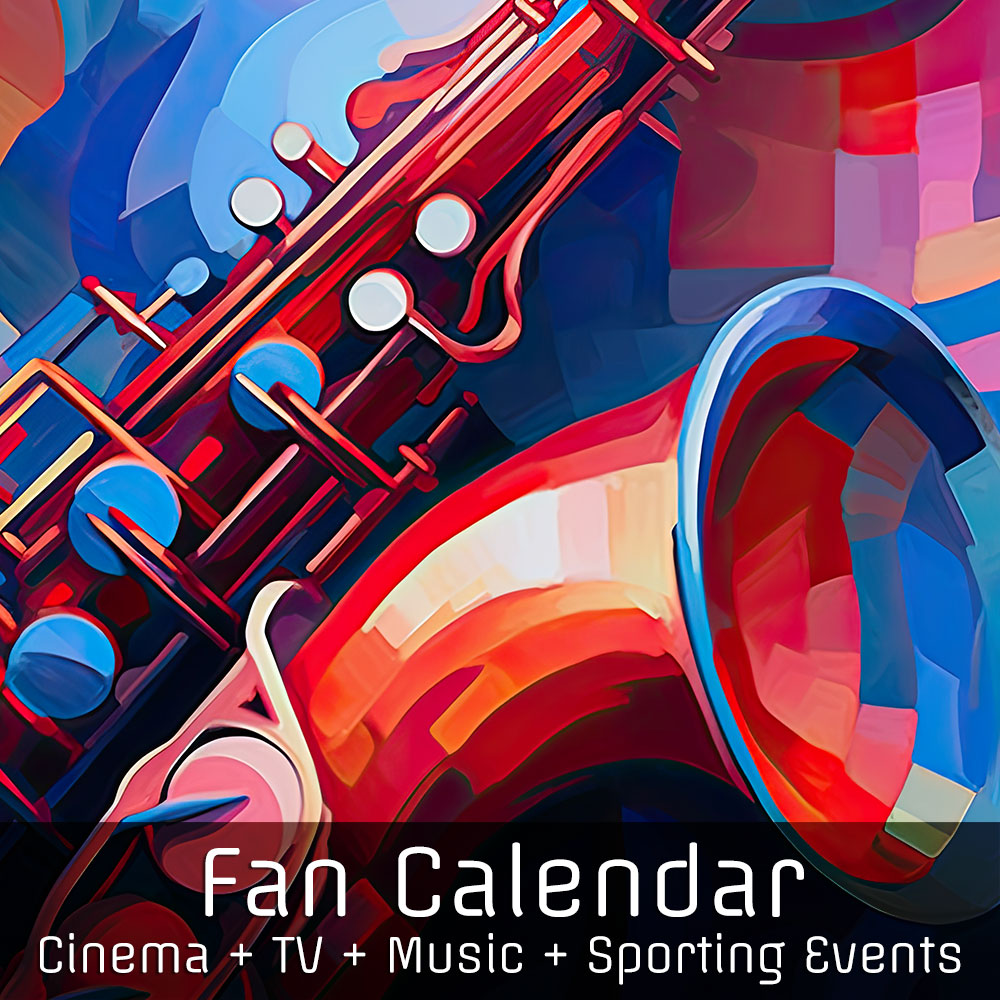









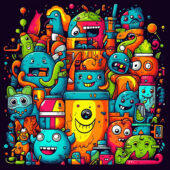

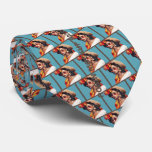

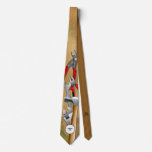
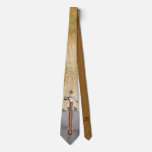

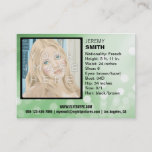
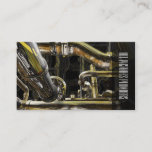

![Death Wish II Actress Robin Sherwood Photo [221010-32]](https://www.filmfetish.com/img/p/2022/11/221010-32-robin-sherwood-85x11-web-170x170.jpg)
![Bride of Frankenstein Actress Elsa Lanchester Candid 13×19 inch Photo [240325-13]](https://www.filmfetish.com/img/p/2024/03/240325-13-13x19-web-170x170.jpg)
![Adult Movie Actress and Former Stripper Stormy Daniels Photo [221010-104]](https://www.filmfetish.com/img/p/2022/11/221010-104-stormy-daniels-85x11-web-170x170.jpg)
![New York Giants Linebacker Carl Banks No. 58 Autographed Photo Official Photo File Emboss [359]](https://www.filmfetish.com/img/p/2020/12/giants-football-signed-photo-359-01-170x170.jpg)







